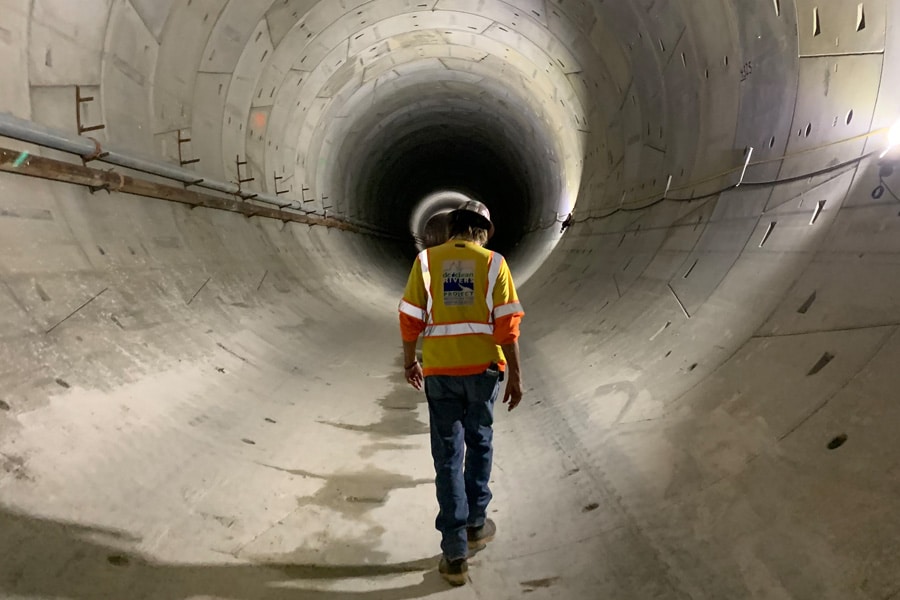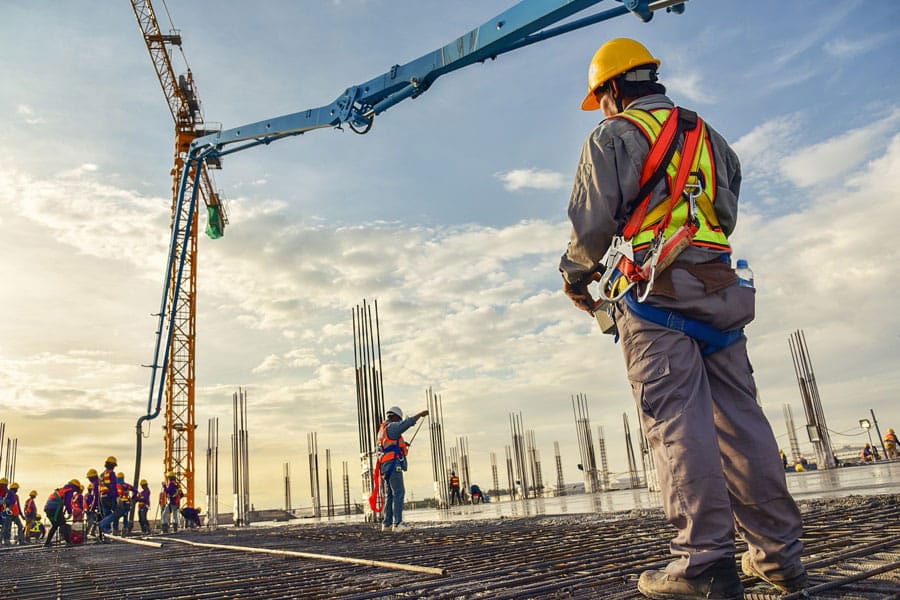As sustainability and reducing the environmental impact of new buildings becomes more of a priority across the construction industry, experts are looking to discover innovative ways to reuse materials that would in the past have been considered waste.
Using waste materials in construction is not only a great way to reduce the carbon footprint of a project but it can also serve as an economical way to improve the safety standards of existent construction.
A project at the University of Edinburgh Napier School of Engineering and The Built Environment in Scotland headed by Dr. John McDougall seeks to use scrap tires to retrofit buildings to increase earthquake resistance.
This concept could potentially reduce earthquake fatalities in the developing world by creating an affordable way to increase the earthquake resistance of existing structures.
Seismic bike paths
The concept came from an unexpected place—bike paths through the Scottish wilderness.
“We were tasked with the issue of investigating the use of the Response Spectrum Method (RSM) to improve the resilience of bike paths in a very beautiful place called Glen Tress in the Scottish Borders,” McDougall said. “It was during this project that we began to think more about the elastic properties of soils mixed with shredded or chipped rubber particles and how they might offer some resilience to ground borne vibrations, like seismic disturbance.”
The concept of rubber soil mixtures for seismic protection has been studied in many different contexts. Increasingly popular in earthquake-prone countries like Japan, adding rubber to soil helps increase buildings’ earthquake resistance by providing them with a more flexible foundation for absorbing seismic shock.
“It works similarly to the crumple zone of a car or a buffer on a railroad carriage,” McDougall said. “In the former case, the protection or energy absorption provided by crumpling is a kind of one-off payback, whereas the elastic nature of RSM and buffers allows them to manage repeated impacts—i.e., a large number of loading cycles.”
Adding rubber to soil enables the mixture to reabsorb shocks again and again—a necessity in a situation like an earthquake where a building suffers repeated impacts. McDougall’s team hoped to use this concept to increase the earthquake resistance of existing buildings by installing RSM adjacent to their foundations, increasing the structures’ shock resistance.
The idea of using used tires to create the RSM grew out of a desire to craft a method for increasing earthquake resistance that would be easy to immediately put into use in the developing world—and there’s plenty of excess tire rubber to go around.
Scrap tires to the rescue
Figuring out new uses for scrap tire material has long been a concern for the international tire industry.
“Going all the way back to the late 1980s, the United States had a problem with scrap tires,” said John Sheerin, director of end-of-life tire programs at the U.S. Tire Manufacturers Association. “Due to the energy crisis, there was some thought that scrap tires would be valuable in the future because they could be used for their fuel value or pyrolyzed or used in some other way. As a result, the United States ended up stockpiling upwards of 1 billion scrap tires across the country.”
This led to the creation of scrap tire stockpiles so ubiquitous that even animated comedy television show “The Simpsons” satirized the problem in an episode.
Since, the industry has worked to increase the use of recycled tire material in a variety of applications.
“Over the past decade, we’ve worked with our state partners, industry partners, academia and others to help try and grow and put together the market we have today,” Sheerin said. “Not only were we at about 83% in 2017 going to an end-use market, but also the inventory of stockpiles was reduced from in excess of a billion down to about 60 million in 2017.”
“We think it’s important that we have a wide range of applications for scrap-tire material,” Sheerin continued, “because applications come and go and reusing the material for its valuable properties rather than disposing of it just makes sense.”
An economical solution
For McDougall, the use of scrap tires to create RSM could be the solution to implementing increased earthquake resistance in the developing world in a sustainable and economical way.
“Because local soils and waste tires are the raw materials—the latter often stockpiled as a troublesome waste—we believe this concept has great potential in parts of the world that are least able to afford proprietary seismic protection measures,” McDougall said, “such as base isolation or vibration control, which are expensive and difficult to retrofit through damping or structural strengthening.”
“Shredding/crumbing are processes that are ‘technology-light’ in terms of machine and infrastructure requirements,” McDougall continued, “which means that establishment of the process in the developing world is a manageable option. Indeed, if RSM is pre-bagged, local supervision of installation is encouraged. Thus, RSM offers the possibility of a locally sourced and managed protection measure.”













